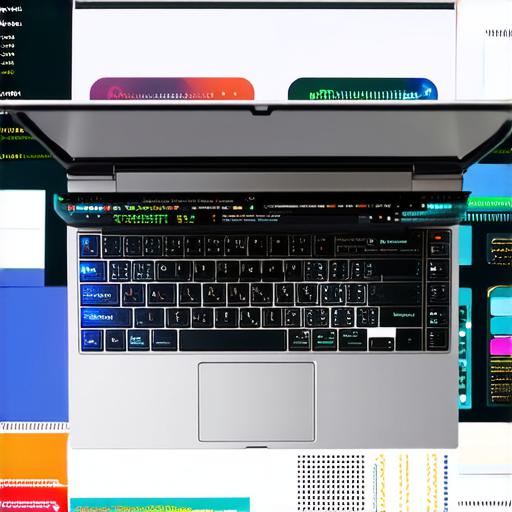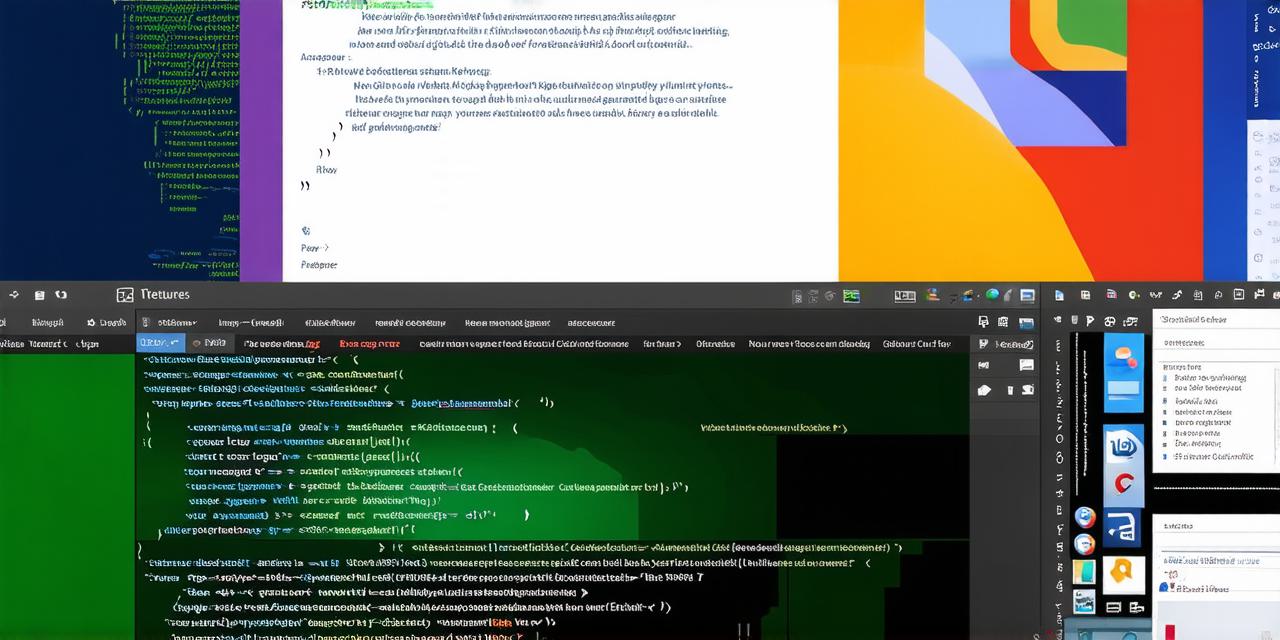1. Embrace Learning
“The more that you read, the more things you will know. The more that you learn, the more places you’ll go.” – Dr. Seuss
Never cease learning. Keep abreast of the latest design trends, technologies, and best practices. Attend workshops, webinars, and conferences to broaden your knowledge and network. Subscribe to industry blogs and newsletters to stay updated on the latest developments.
2. Build a Strong Portfolio
“Your portfolio is your business card.”
Display your best work, demonstrate versatility, and highlight your unique design style. A robust portfolio can pave the way for exciting opportunities. Ensure it’s well-organized, easy to navigate, and showcases your design process as well as the final product.
3. Master User Experience (UX) Design

“If a digital product doesn’t meet the user’s needs, it doesn’t matter how good it looks.” – Jeff Gothelf
Comprehending user behavior and designing with their needs in mind is indispensable. Conduct user research, create wireframes, and iterate based on feedback to deliver intuitive and engaging user experiences. Familiarize yourself with UX design principles such as usability, accessibility, and responsiveness.
4. Collaborate and Network
“Alone we can do so little; together we can do so much.” – Helen Keller
Building relationships with other designers, developers, and industry professionals can lead to valuable insights, collaborations, and job opportunities. Attend meetups, join online communities, and participate in design challenges to connect with like-minded individuals.
5. Practice Patience and Persistence
“Success is not final, failure is not fatal: It is the courage to continue that counts.” – Winston Churchill
The path to success is long and winding. Be patient, persistent, and resilient in the face of challenges. Each project, each client, brings you one step closer to mastery. Remember, every successful designer has faced setbacks and learned from them.
6. Continuously Iterate and Improve
“The only way to do great work is to love what you do.” – Steve Jobs
Always strive for improvement. Reflect on your past projects, seek feedback, and apply lessons learned to future designs. Embrace constructive criticism as an opportunity to grow and improve.
FAQs:
What skills are essential for a web designer?
– Design, UX, HTML/CSS, JavaScript, Responsive design, and Communication skills. Additionally, understanding color theory, typography, and visual hierarchy is crucial.
How can I improve my web design skills?
– Continuous learning, practice, collaboration, and feedback are key to improving your skills. Seek out mentors, attend workshops, and participate in online courses to hone your craft.
What tools should a web designer know?
– Adobe Creative Suite, Sketch, Figma, InVision, and HTML/CSS editors like Visual Studio Code or Sublime Text are essential tools for any web designer. Additionally, familiarity with version control systems such as Git is beneficial.


